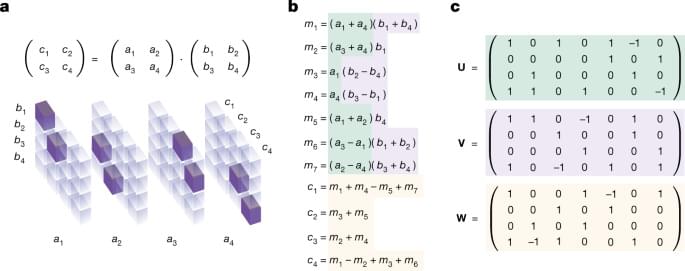Himanshu Brahmbhatt was staring at the results of a clinical trial that looked too good to be true. A co-founder and CEO of EnGeneIC, a biopharmaceutical company, Brahmbhatt was running a small trial that was testing a fundamentally different approach to fighting cancer. Patients in the group had grim prospects. They had exhausted all other options. With nothing left to lose and not expecting any miracles, they enrolled in the trial. They wanted to give it one more chance. Now their scans showed their tumors had stopped progressing. Even more remarkable was they didn’t have the same type of tumors. They had malignancies affecting different organs—lungs, bladders, colons, pancreases—and yet, they uniformly did well.
“These people were facing death,” Brahmbhatt says. “Then we started seeing that they were actually succeeding. You could see in the scan that the tumor has stopped growing. It was a feeling of such extreme internal joy that it’s very difficult to describe.”
The results may have appeared miraculous, but they were anything but. They stemmed from fundamental research into cell division that forms the basis of the EnGeneIC process. A longtime advisor to the company, Bruce Stillman, professor of biochemistry and president and CEO of Cold Spring Harbor Laboratory, has been studying the process of DNA replication, which plays a key role in cell division and cancer progression.









